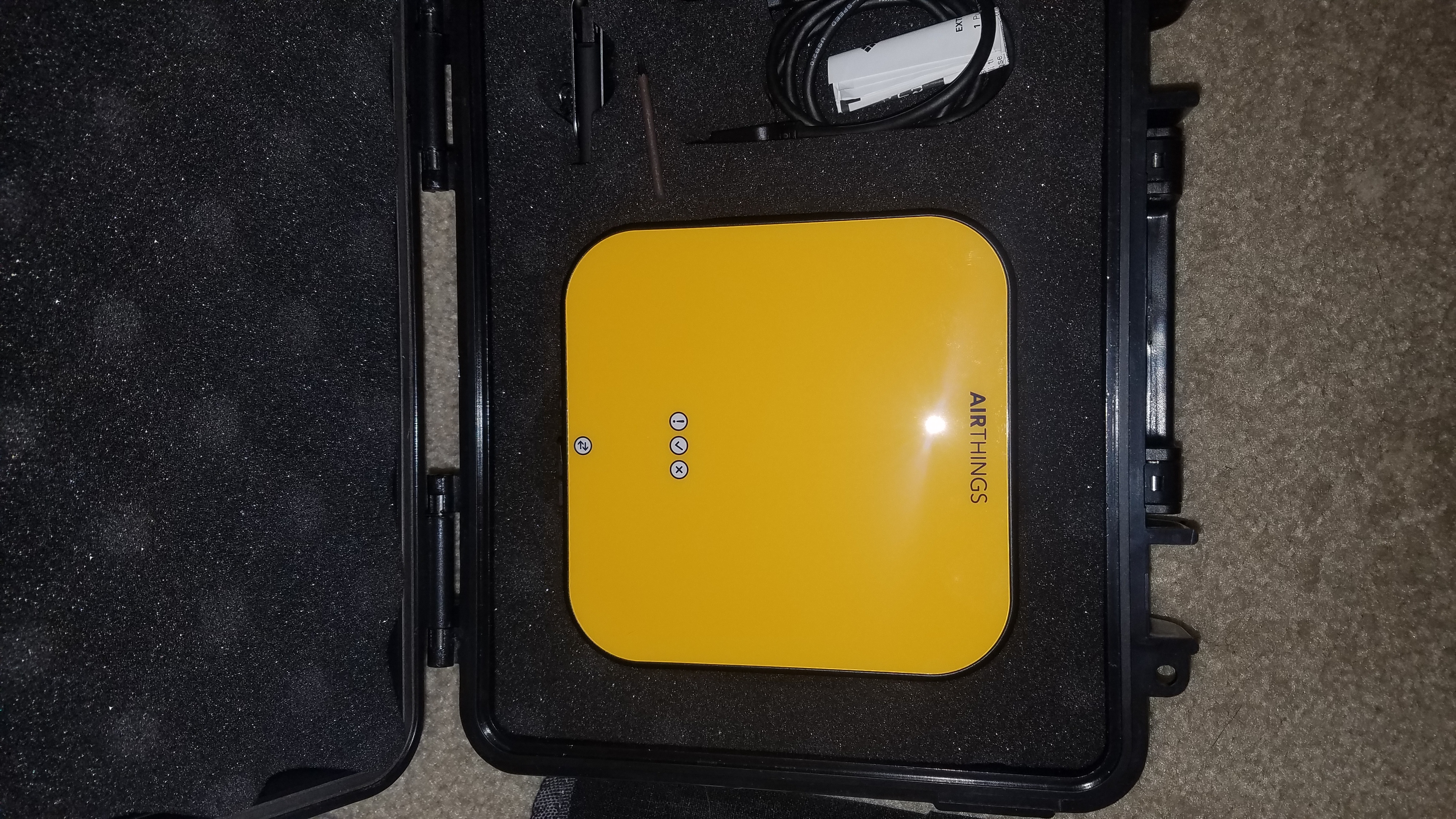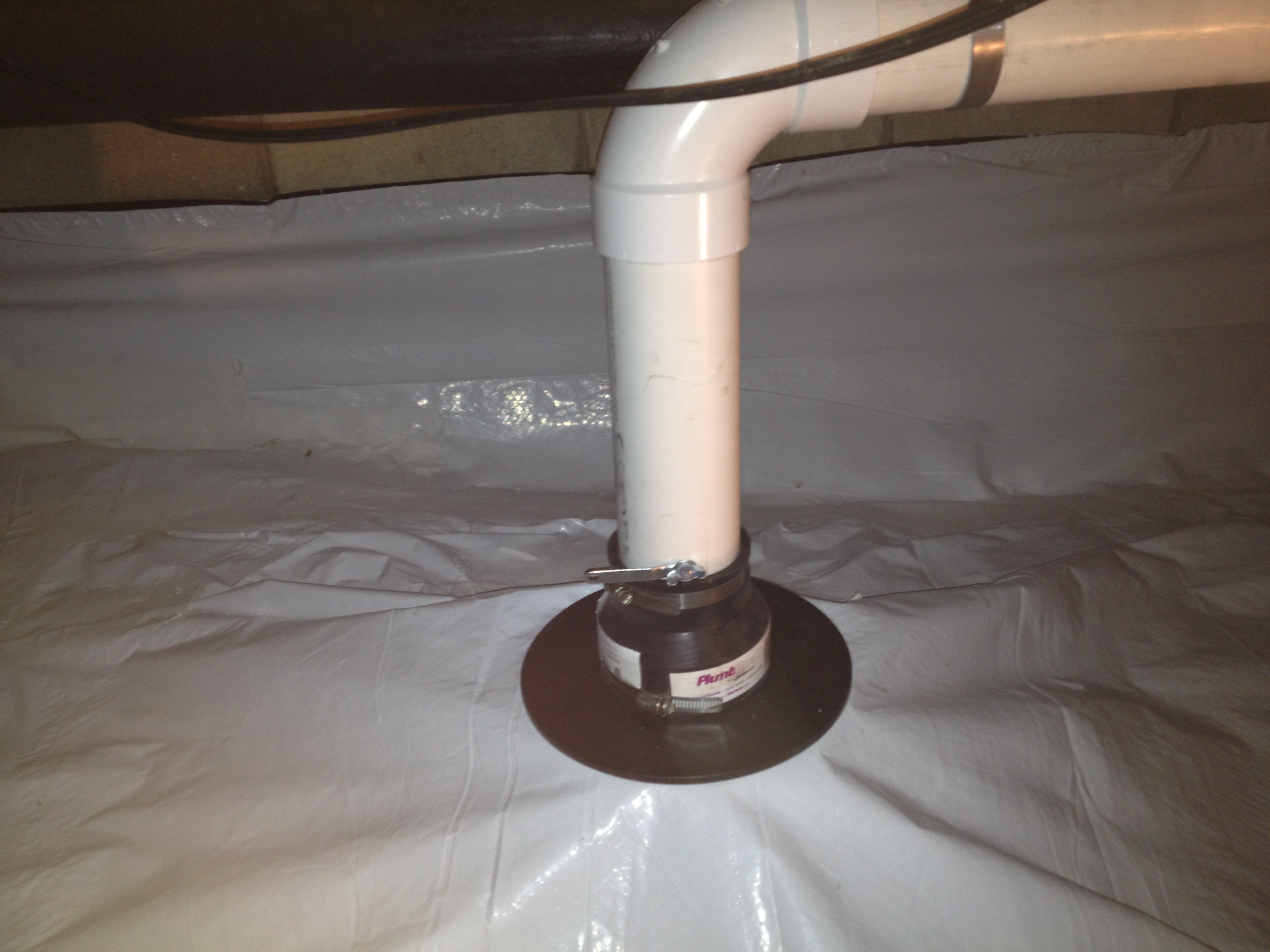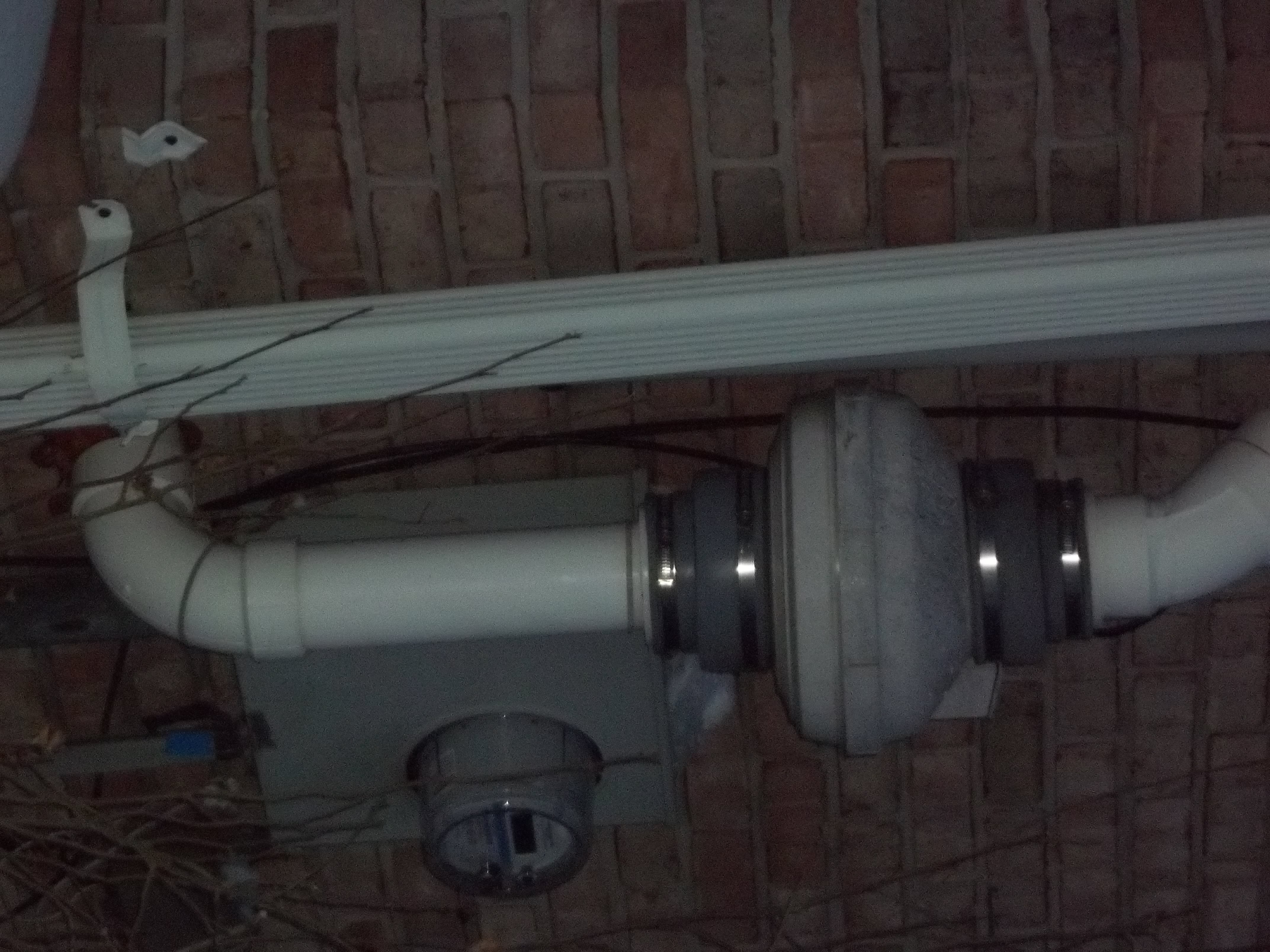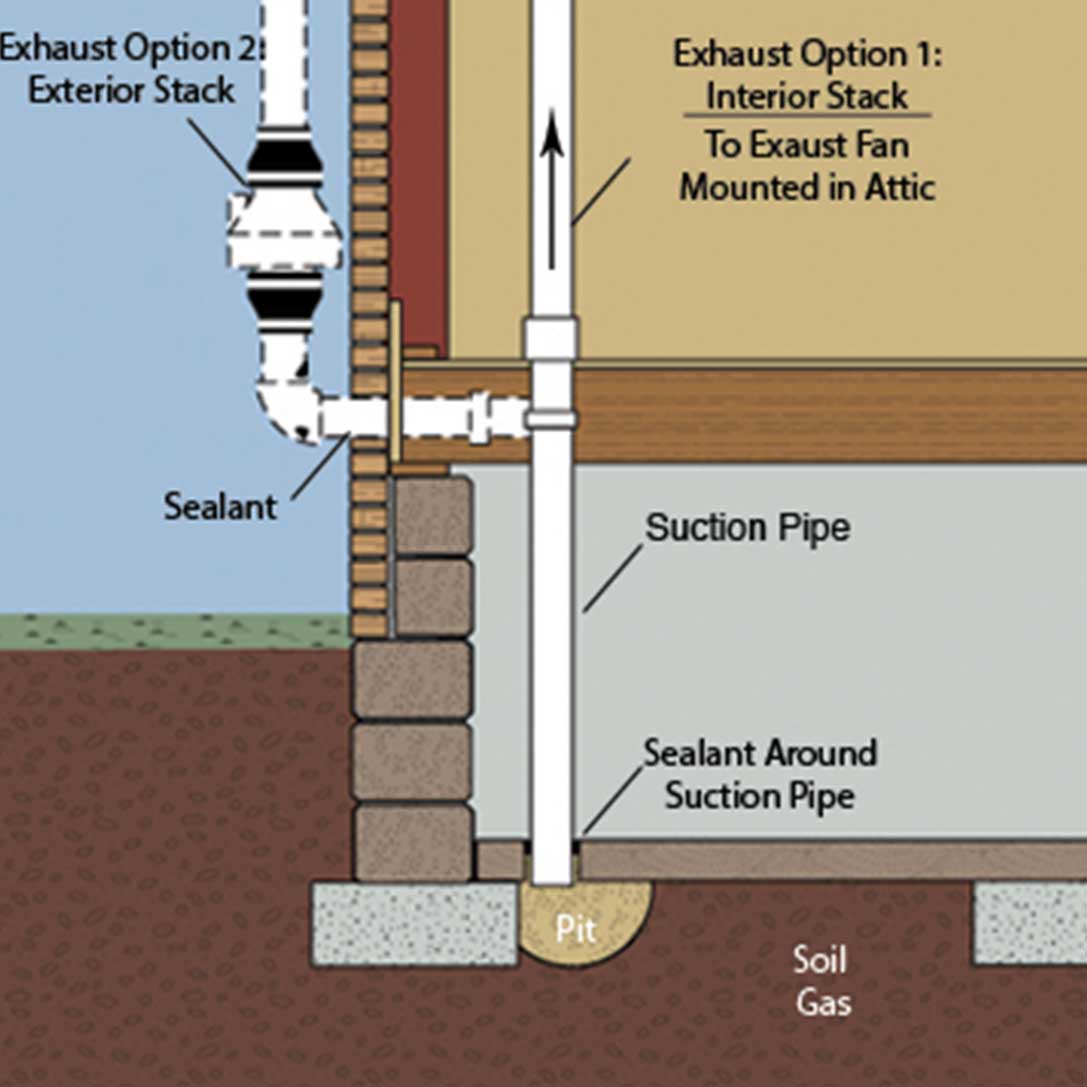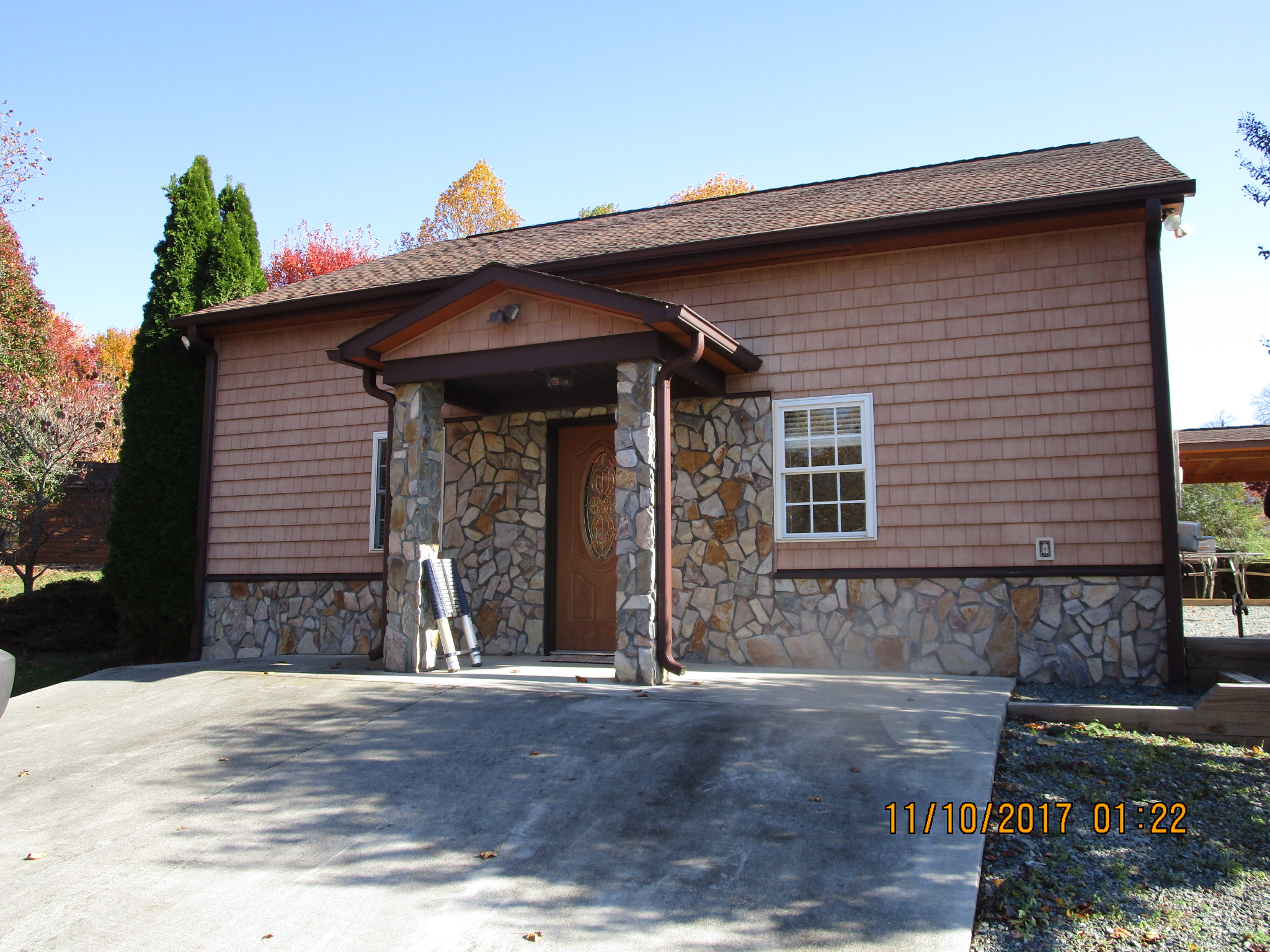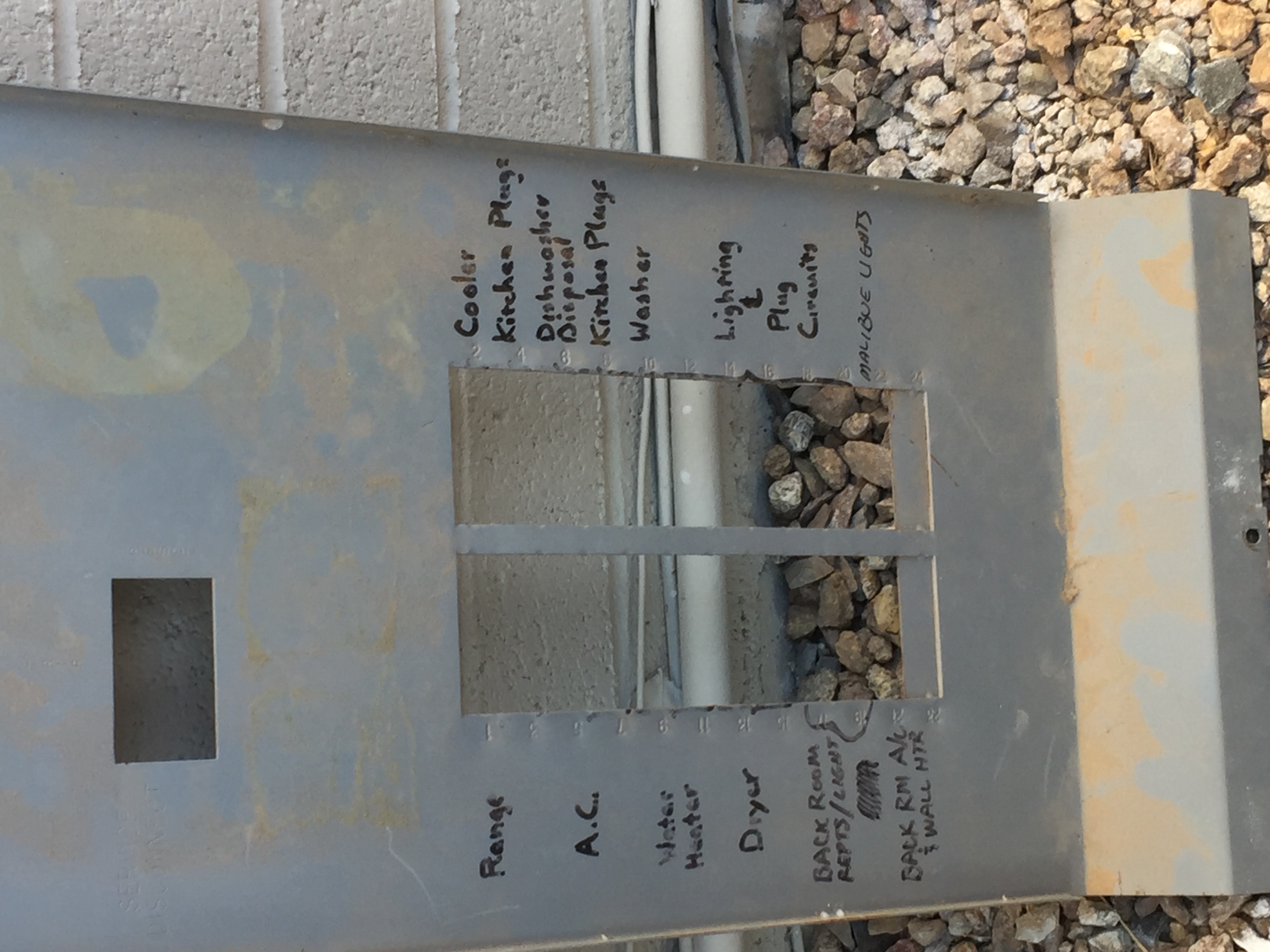I completed a 48 hour radon test at my residence and created a report with the app and software provided with my Airthings radon monitoring device. I learned how to read the report and learned alot from the course that helped me to understand what I was looking at and helping me try to determine if the client needs radon mitigation.
Here we have a crawlspace mitigation system installed. Everything in the picture seems to be installed correctly. You have the Sheeting that appears to be properly installed leaving 12" up the wall for room to fit any piping underneath. You have the piping securely installed and sealed for expelling the radon out from the crawlspace.
EPA recommends if you are buying or selling a home you should have it tested for Radon gas. Radon is a cancer causing radioactive gas that you cannot see, taste, or smell. It contributes to around 20,000 deaths per year due to lung cancer that it causes. It is very easy and inexpensive to test for and mitigate.
this is a picture of the a radon mitigation on a house in my home town in Pennsylvania. Most units are vented to the nearest outside wall and then the fan and exhaust pipe run up the outside of the building with no insulation. This pic was taken on a day when it was about 5 degrees outside.
I read the library article on radon. I live in an area which is listed as a zone one on the radon map so many of the homes in my home town require radon mitigation systems. that is the reason I as a future home inspector am seeking a radon certification. Most of the mortgage banks in this area require radon testing.
When constructing a new home it is a benefit to install a passive radon system. It is a selling point to the new home buyer. The cost of installation is much lower when installing while the home is under construction. It is also a better way to move the contaminated air form the soil, and not introduce it to the conditioned air of the home.
This is a picture of a vent tube from a sub slab radon mitigation system. This system is designed to pull any soil gases from under the homes slab and vent them out thru the roof. This is a very effective way to remove harmful radon gases that may be present. Without introducing them to the condition air of the home.

I read the article on radon. It is recommended that every house be tested for radon. Radon is the second leading cause of lung cancer behind only smoking. Test results should be lower than 4 pci/l but the epa recommends mitigation for levels that fall between 2-4 pci/l.
This is a photo of a sub-slab depressurization system. A hole is drilled through the slab. Dirt or gravel is removed and a piece of pvc pipe is installed a few inches above grade. The pipe runs outside of the house and is connected to a fan that draws the radon gas from beneath the slab and releases it into the air above the eaves.
Radon measurement location is vital to get an accurate reading. The testing unit should be placed in the lowest level of the house where radon would be at its highest levels. The unit should be twenty inches from the floor, twelve inches from a wall or ceiling, and four inches away from any object.
A manometer is used to indicate the operability of an installed radon mitigation system. It provides a visual representation of the pressure differential in an active mitigation system. A ‘U’ shaped tube filled with colored liquid that is displaced by the pressure differential indicates that the system is functional.

A manometer is used to indicate the operability of an installed radon mitigation system. It provides a visual representation of the pressure differential in an active mitigation system. A ‘U’ shaped tube filled with colored liquid that is displaced by the pressure differential indicates that the system is functional.
I learned a lot about radon during my home inspection ride-along training. This one house pictured was a small lake house on a slab in an area not particularly known for high radon levels. I even questioned my trainer on why the client would want it tested. Well, the 48-hour CR test came back at 9 pCi/L. So I learned very quickly first hand that there is no way to know the potential radon risk, regardless of Radon Zone, building type, or building location. Testing is the only way to know for sure and well worth the money to learn the risk and mitigate if necessary.
For this assignment, I read the Radon Gas(consumer-targeted) article. One of the sections of the article discusses that new homes can be built with radon-resistant features. These can include: 1) A gas-permeable layer of gravel 4 inches thick beneath the slab or flooring system, 2) Plastic sheeting placed on top of the gas-permeable layer and under the slab or on the crawlspace floor, 3) Sealing and caulking below-grade openings in the foundation and walls, 4) Installing a 3 or 4 inch PVC vent pipe from the gas-permeable layer through the house and out of the roof, and 5) Installing an electrical junction box to make wiring and installing a vent fan easier if upgrading from a passive to active system is necessary. These are valuable features to consider when buying or building a new home.
There is no barrier present on the ground in the crawl space. Evidence suggests that this condition is creating an avenue for radon to pass into the house. Recommend a qualified contractor to install the proper barrier to avoid future intrusion.

I learned that Radon-222 is an odorless, tasteless, invisible gas, that is chemically inert (non-reactive) and is found everywhere. Radon decays by alpha-particle emission, and has a half-life of 3.8 days. If radon air levels are high then the water should also be tested.
I read the article on Radon, after taking the online course, attending credited classes, and reading the article I can say the amount of information is extremely helpful and easy to understand. I had no background of any type in testing or mitigating radon in homes, and the class was very educational. This course and article go over the anatomy, testing, and mitigation aspects of the radon and make it very clear it can be harmful if not dealt with the proper way.
I chose this photo because I liked the way the company used the chimney line to align the mitigation system along the side of home. This technique not only hides the downspout or pvc used in the system but also looks organized and professional.

The electrical panel was labeled at time of inspection, however one or more of the labels appears to be in accurate. There’s also one or more missing/very hard to read labels. Recommend having system reviewed by electrician for safety, when something happens you want to know which breaker to turn off .
I read about marketing in common mistakes but a lot of inspectors make, including only advertising when I slow. It’s important to continue advertising spending money on marketing while you were busy want to go to slow down it’s too late to start spending money and avoid slow/down time.
